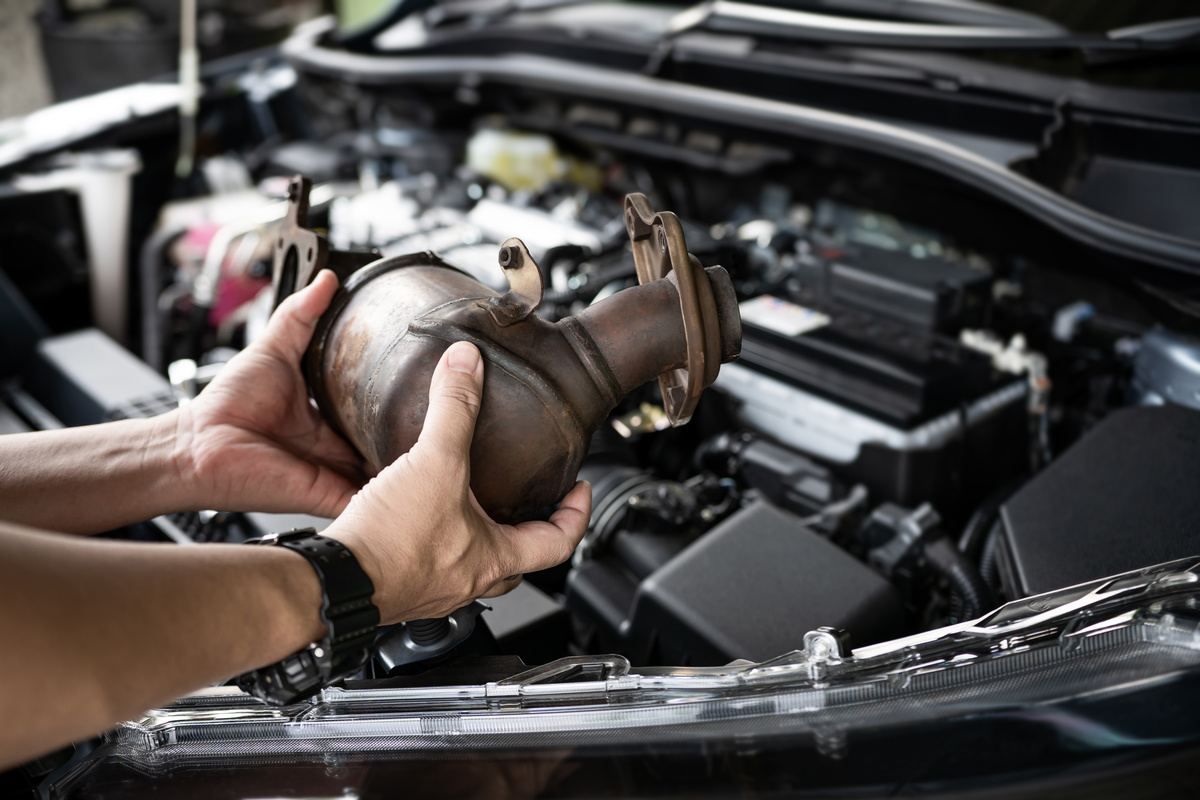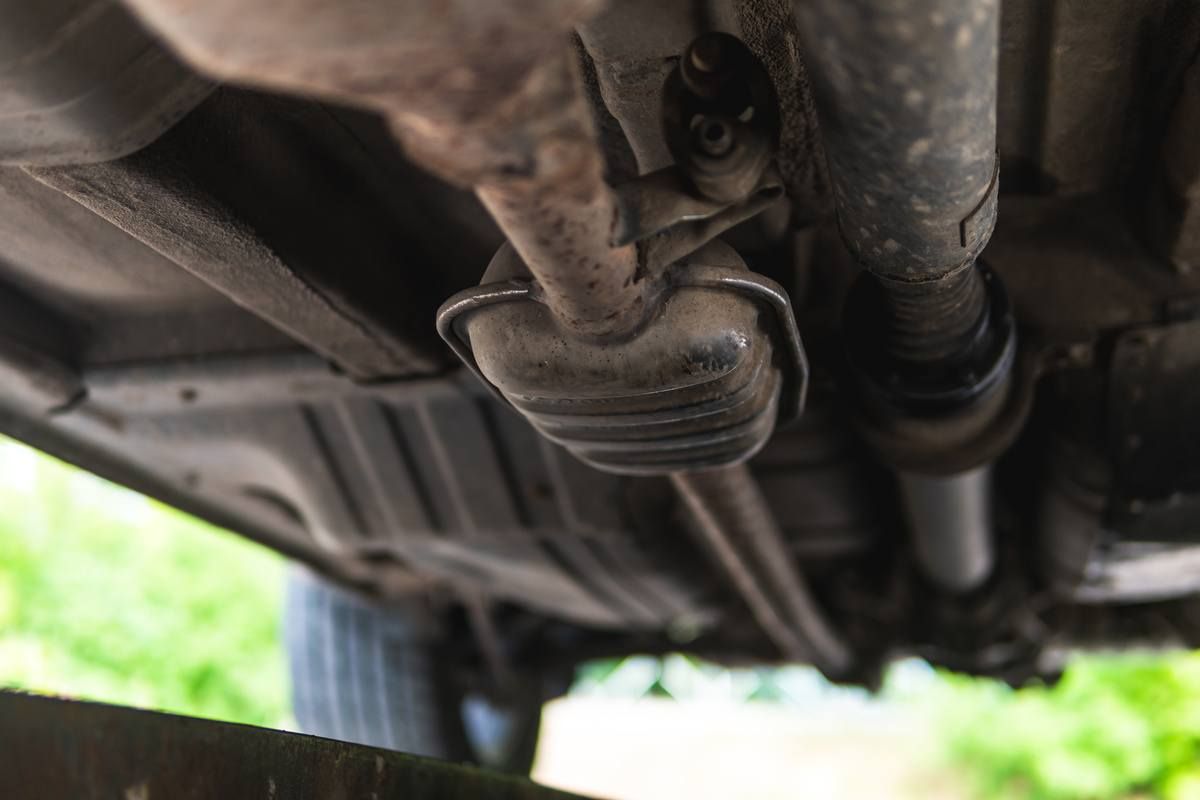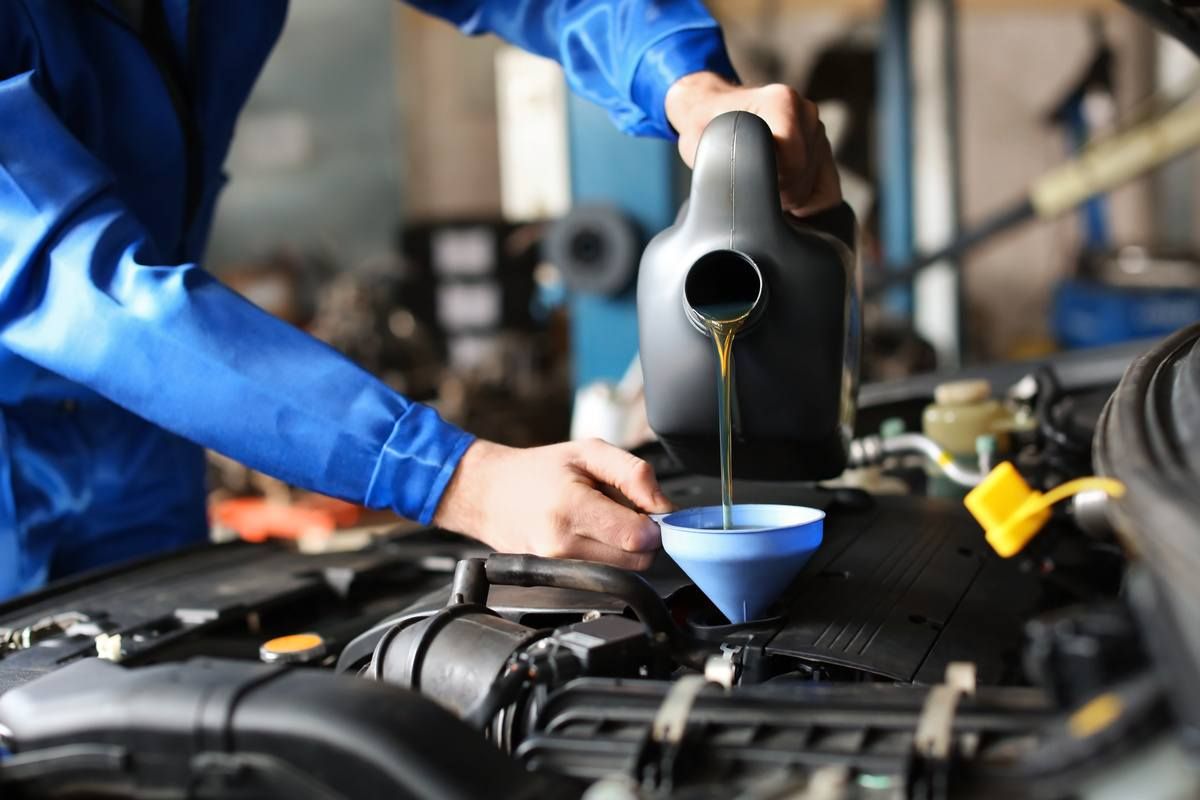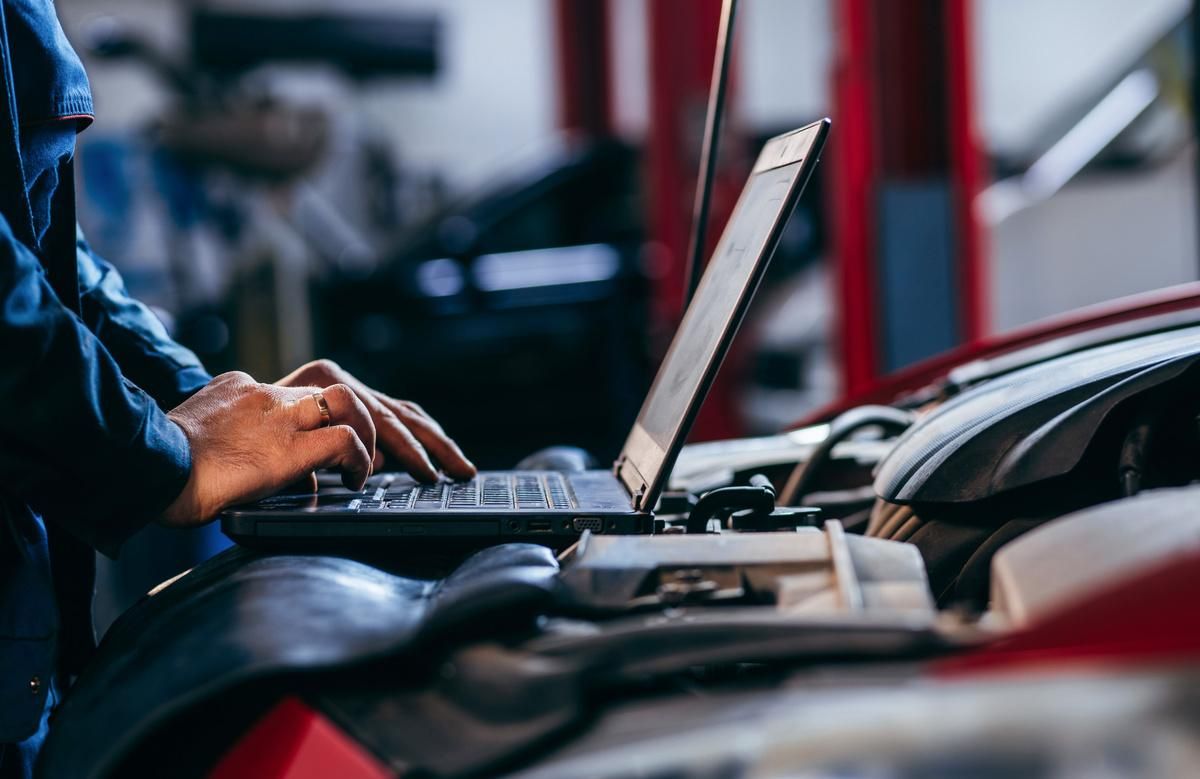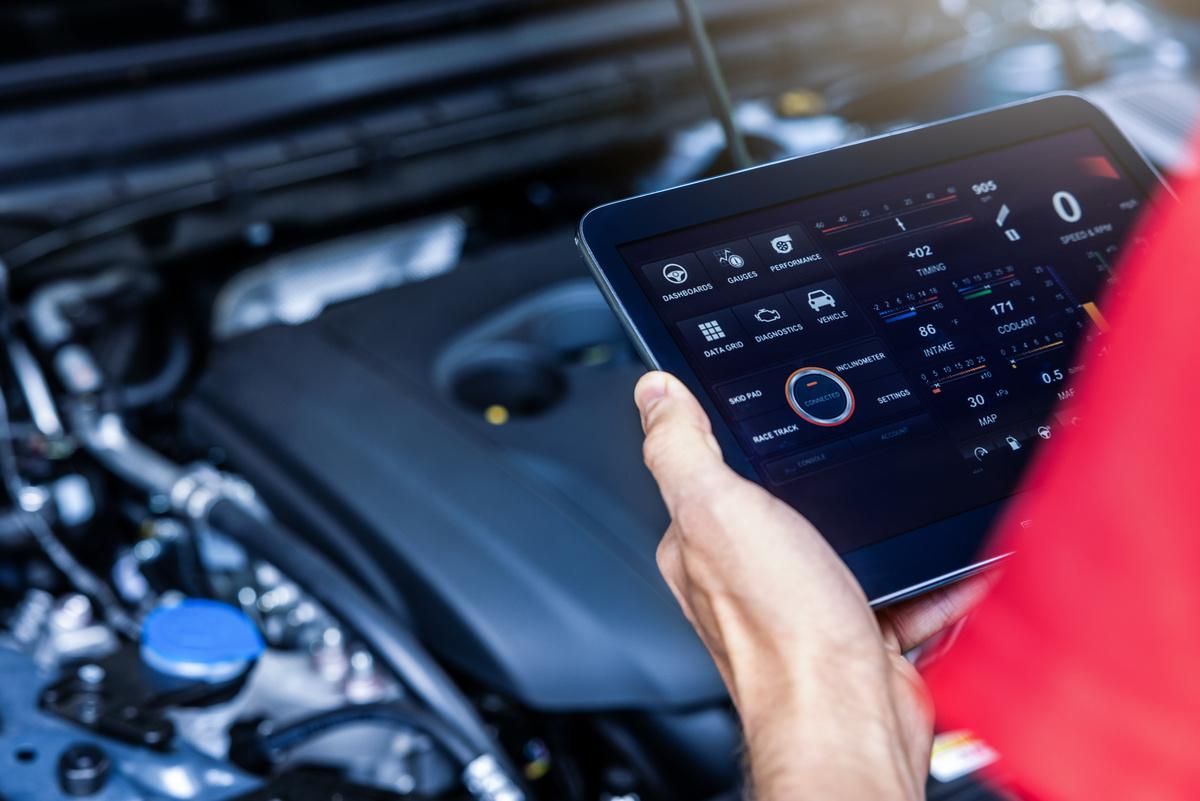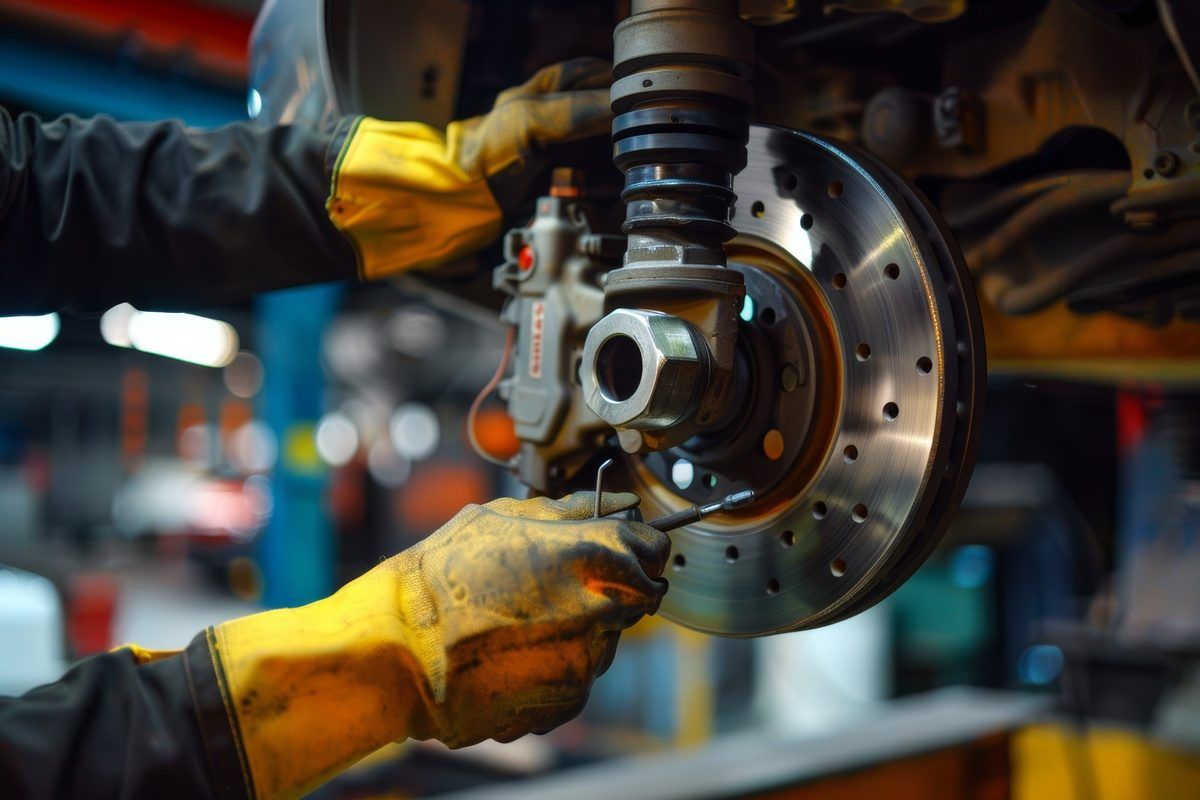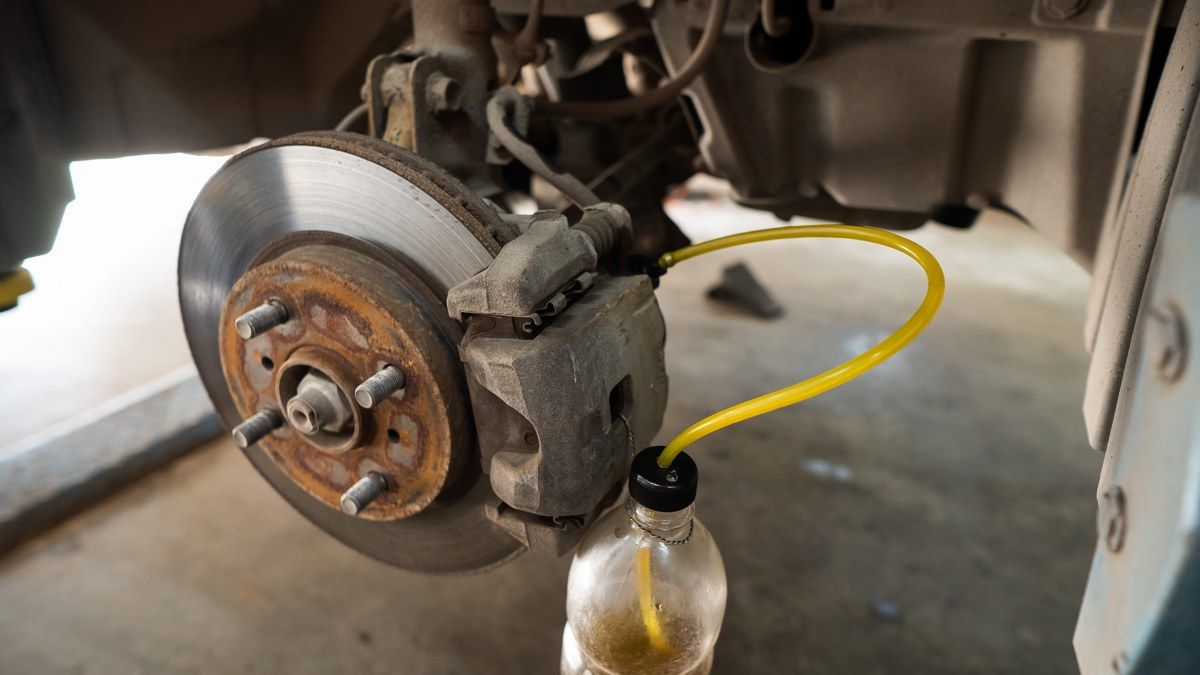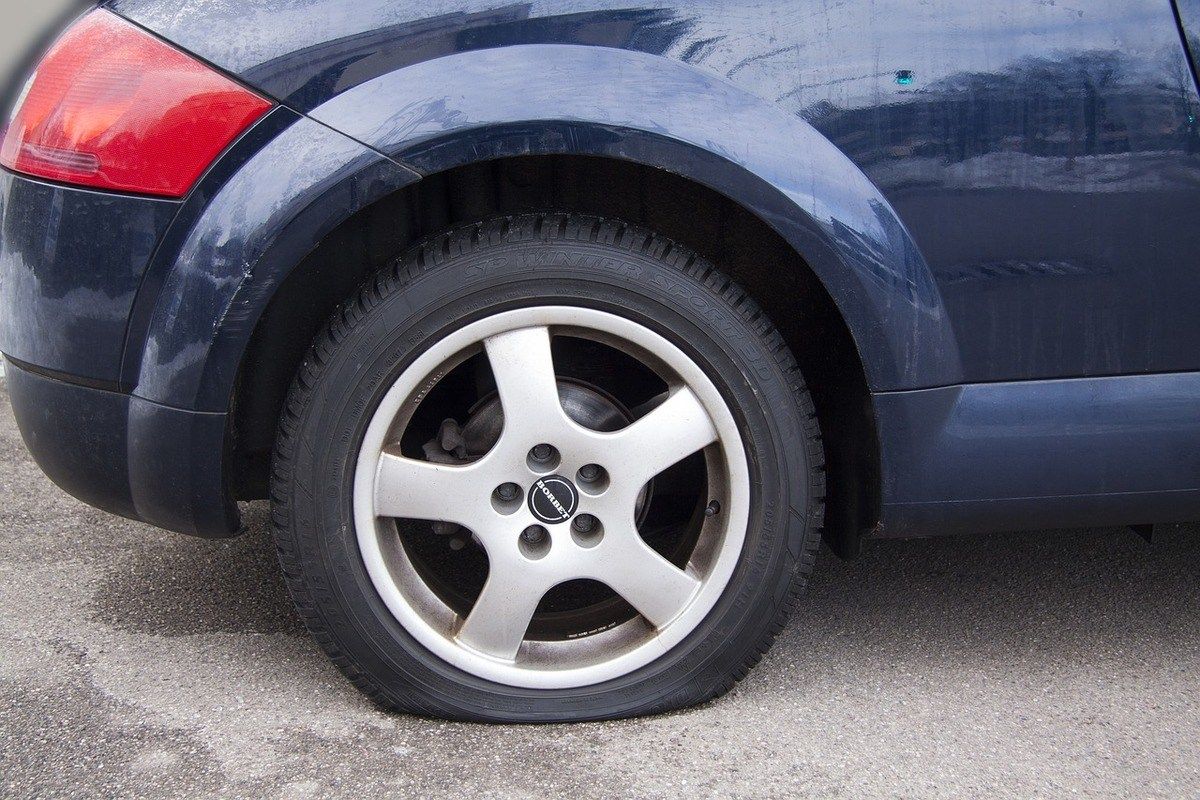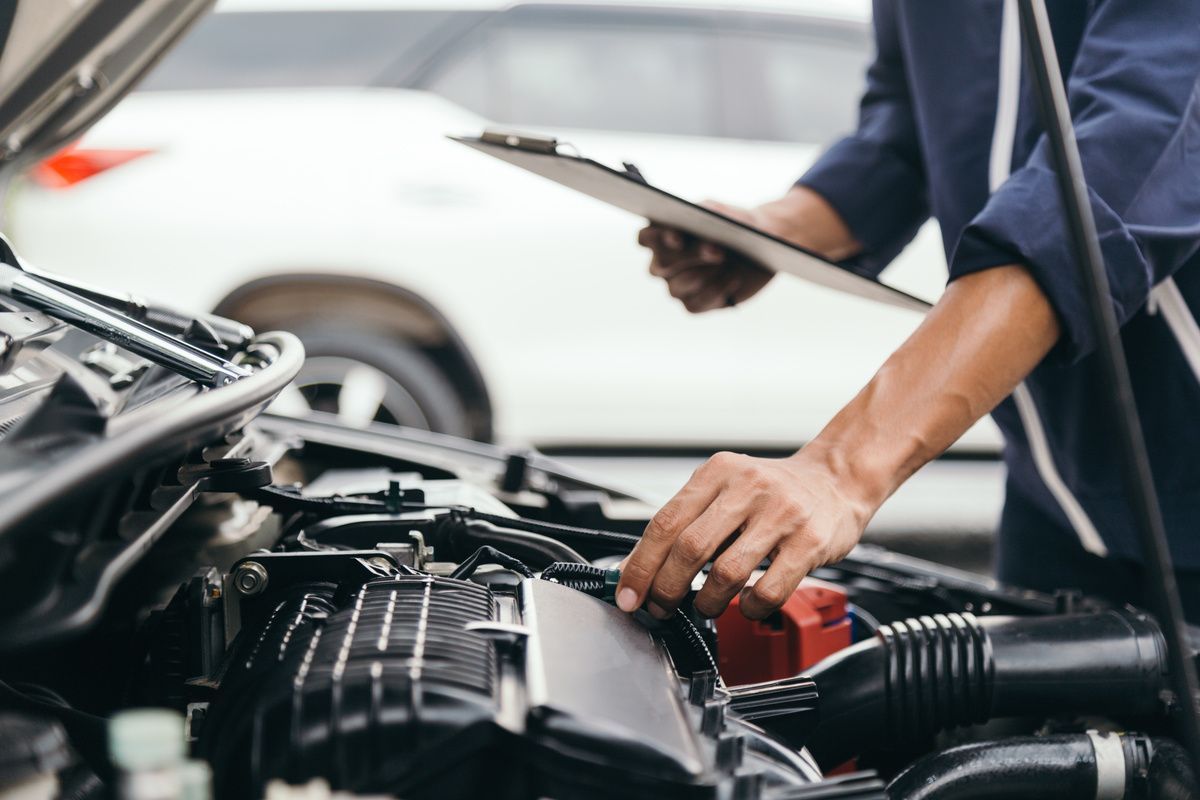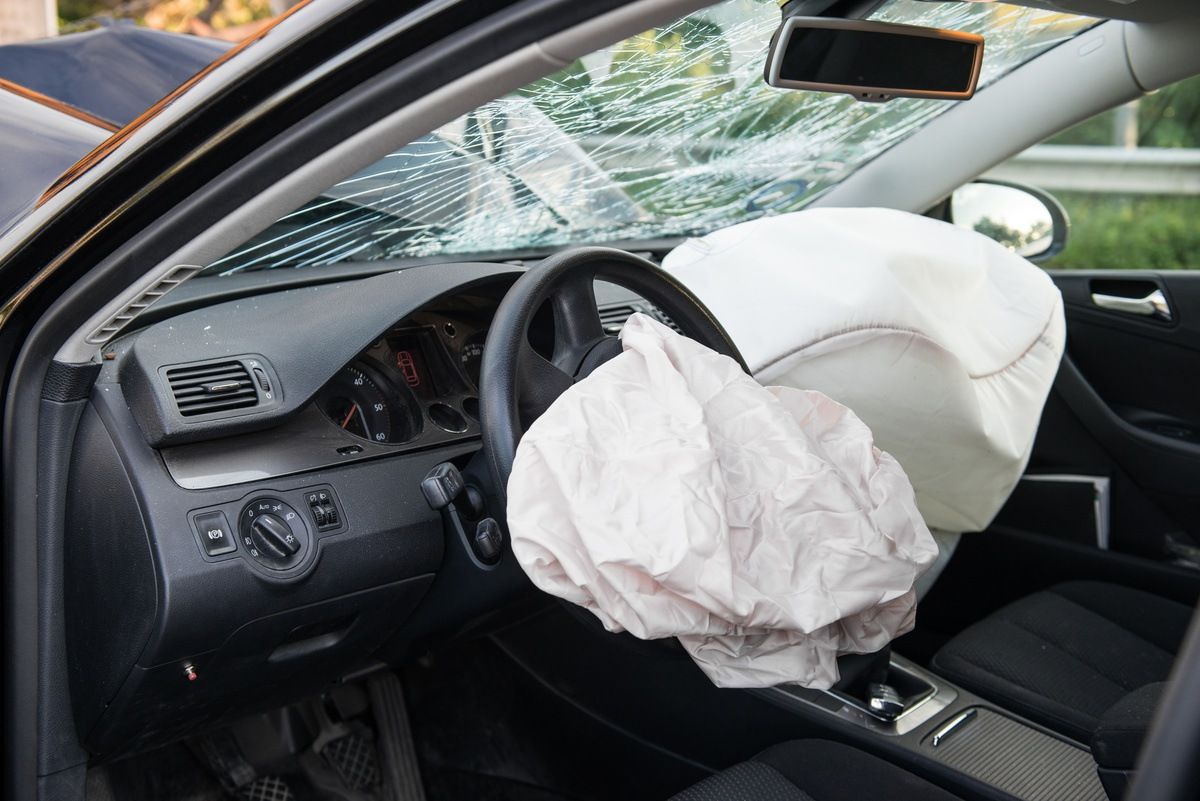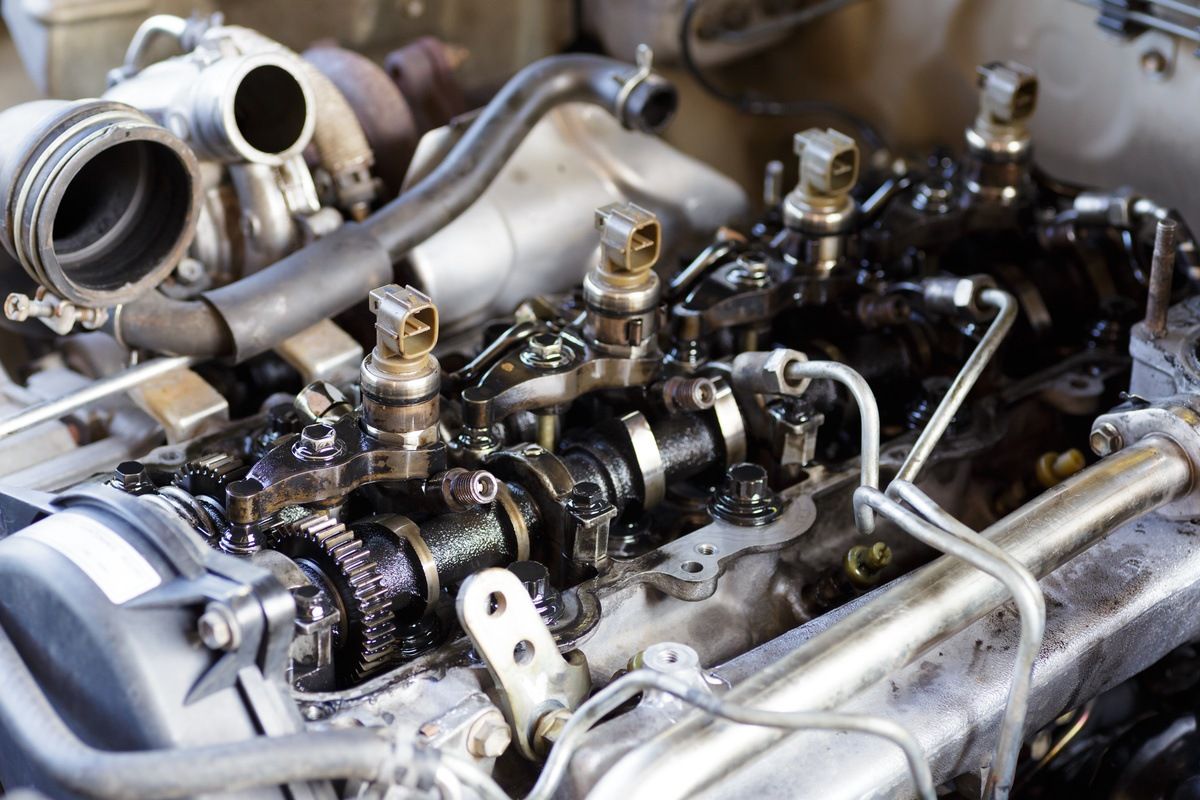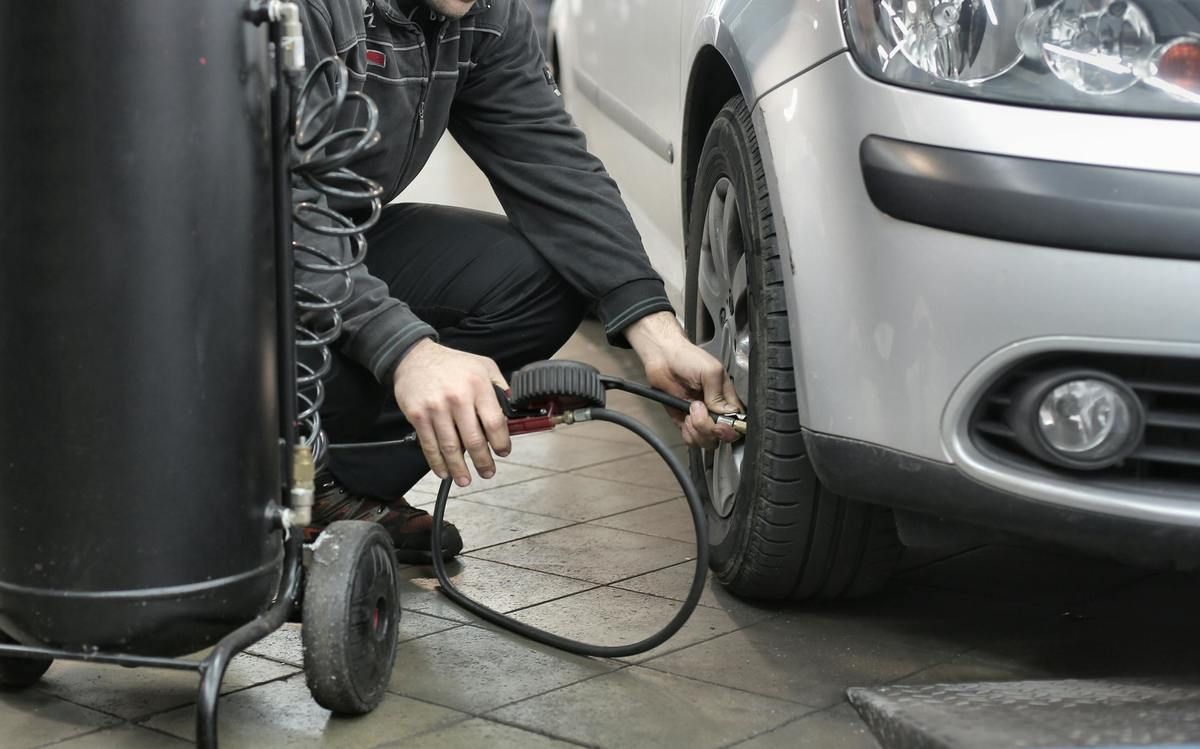Custom Complete Automotive Blog
Prevent Catalytic Converter Theft: Essential Tips to Protect Your Vehicle
Published on October 16, 2024
Catalytic converter theft has become a growing concern for vehicle owners. The recent rise in catalytic converter theft is primarily due to the precious metals contained inside of them. These metal...
The Importance of a Catalytic Converter for Your Vehicle
Published on October 02, 2024
A catalytic converter is a device that reduces the amount of toxic gases and pollutants in a vehicle's exhaust system, making them less harmful. Catalytic converters have rare metals that trigger a...
Checklist for Buying a Used Car
Published on September 25, 2024
Buying a used car can be a good financial decision, but it does come with a risk. Some used cars are in great condition while others haven't been maintained as well. Before you buy a used car, make...
The Hidden Dangers of Using the Wrong Oil in Your Car
Published on September 18, 2024
Choosing the right motor oil for your car is more than just a routine task. In fact, it's essential for keeping your vehicle in excellent condition. However, using the wrong oil can lead to a varie...
6 Signs of a Bad Throttle Body Actuator
Published on September 11, 2024
Proper airflow is essential for your car's engine to perform optimally. A throttle body actuator controls the amount of air entering the engine, essentially supporting fuel combustion. A failed act...
4 Causes of a Knock Sensor Circuit Malfunction (P0325 Code)
Published on September 04, 2024
Have you received error code P0325 for your vehicle? Error code P0325 means that your vehicle is experiencing a knock sensor circuit malfunction. However, when the average driver sees this type of ...
5 Signs You are Due for a Brake Fluid Flush
Published on August 28, 2024
As a car owner, it's essential to keep your brake fluid clean and at optimal levels so your braking system continues operating correctly. If you aren't sure if you need a brake fluid flush, check o...
3 Impressive Benefits of a Brake Fluid Flush
Published on August 21, 2024
Maintaining consistently high-functioning brakes is one of the best things you can do to both avoid and mitigate accidents. Good brake maintenance goes far beyond simply swapping out brake pads or ...
4 Causes of a Slow Tire Leak
Published on August 14, 2024
Having a slow tire leak is not only frustrating but also affects your driving experience, fuel economy, road safety, and tire lifespan. There are several causes of a slow tire leak; some are easy t...
3 Components That Can Impact Your Car's Braking Ability
Published on August 07, 2024
When you consider all the components of your vehicle that allow you to remain safe on the road, your car's braking system is one of the most critical components. As reliable as your brakes have bee...
5 Symptoms of a Faulty Engine Vapor Canister Filter
Published on July 24, 2024
Also known as an evaporative emissions control canister (EVAP), your engine's vapor canister filter stores escaping vapors from your fuel system. Filled with activated charcoal, this plastic, recta...
Top 6 Car Safety Features
Published on July 17, 2024
When you choose a vehicle for your family, safety is one of your top priorities. However, many people find themselves wondering what they should actually be looking into when it comes to vehicle sa...
The Science Behind Anti-Lock Braking Systems (ABS)
Published on July 10, 2024
Whether it's someone pulling out in front of you or you need to make a turn, you rely on your brakes to slow down and stop your car. Most modern vehicles have an anti-lock braking system (ABS) to k...
4 Causes of Diesel Fuel Injection Pump Failure
Published on July 03, 2024
When the fuel injection pump in your diesel car, truck, or SUV fails, the engine doesn't receive the fuel it needs to run and shuts down. In order to avoid your car stopping and refusing to go furt...
5 Tips to Help You Avoid Costly Car Repairs
Published on June 26, 2024
With new cars costing almost as much as a child's college education, your goal might be to keep your old car running smoothly for as long as possible. However, you don't want to spend the money you...
